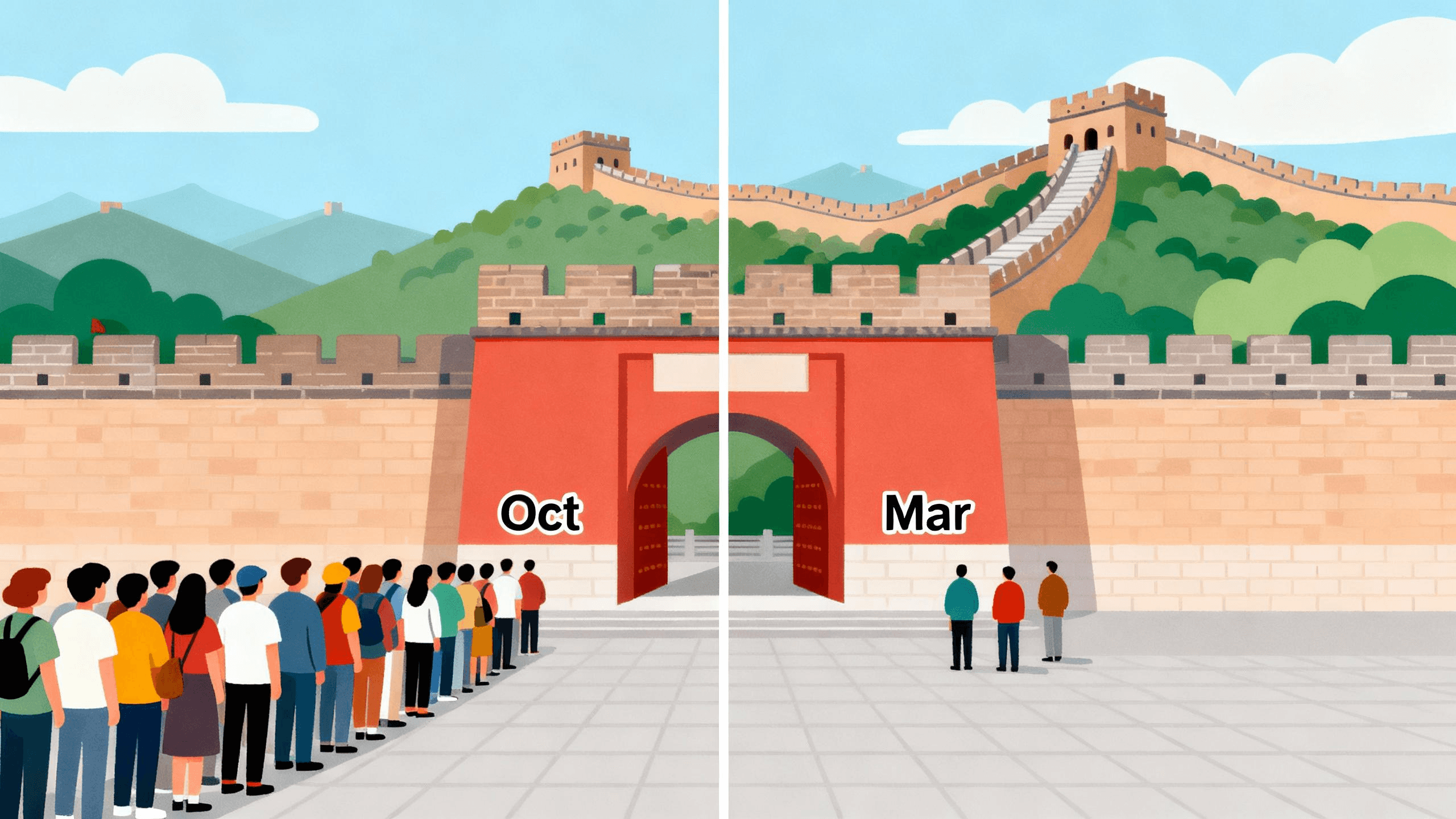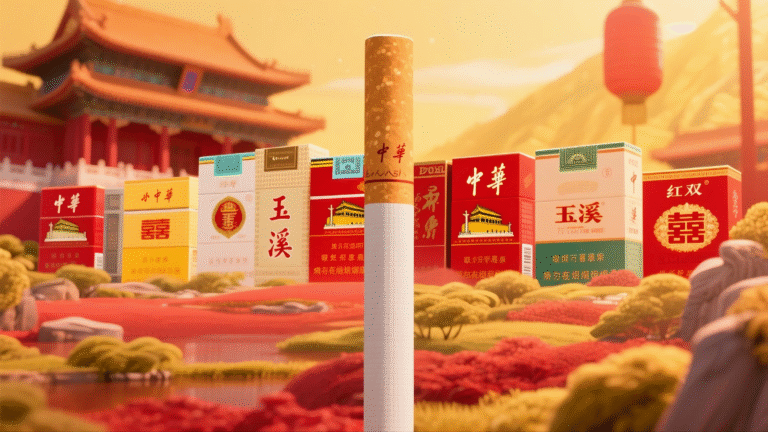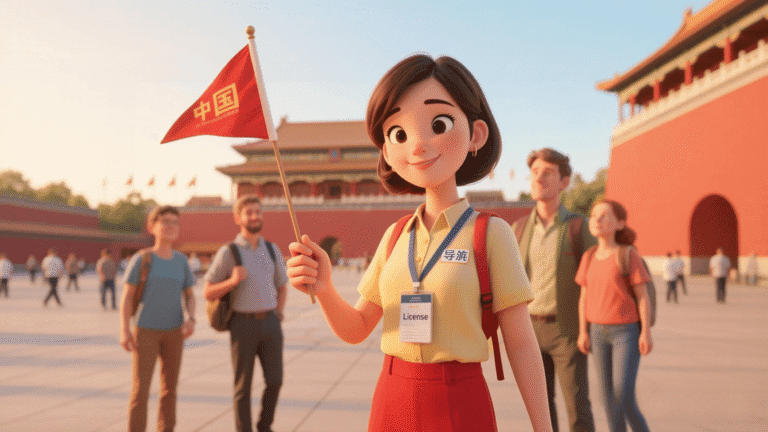China Travel Seasons: The Ultimate Guide to Peak, Off, and Shoulder Months
When is the best time to visit China?
This is the number one question we get at Travel China With Me. And it’s the most important one you can ask. The answer is not as simple as “spring” or “autumn.” Choosing the right China travel seasons to visit can make or break your trip. It’s the difference between a magical day on an empty Great Wall and a stressful, 3-hour queue for a single photo.
Most travel guides get this wrong. They give you a simple “peak season” and “off-season.” That’s not helpful. China is a continent-sized country. The “peak season” in Harbin (for ice) is the “off-season” in Shanghai.
We are here to give you the real inside scoop. We’ve been planning trips in China for decades. We have on-the-ground guides in every major city. We see the crowd data. We hear the direct feedback from travelers like you.
This is our expert guide to China’s travel seasons. We won’t just tell you when the seasons are. We will tell you why. We’ll explain what it feels like to be here. And we’ll give you the honest, unique viewpoint you need to plan the perfect journey.
Let’s quickly define the terms we use:
- Peak Season: High prices, big crowds, but often great weather.
- Off-Season: Low prices, no crowds, but often cold weather.
- Shoulder Season: The “Goldilocks” time. The secret sweet spot.
Table of Contents
Understanding China’s Travel “Rhythm”: Why Seasons Matter More Here
In many countries, seasons are just about weather. In China, seasons are about people. China has the largest domestic tourism market in the world. When the entire country goes on holiday at the same time, it creates a “travel wave” that you do not want to be caught in.
Your entire trip should be planned around three specific time periods. These are the “Hyper-Peaks.”
The “Big Three” National Holidays: The True Hyper-Peaks
We call these “Hyper-Peaks” or “Golden Weeks.” Our advice is simple: Do not travel in China during these times. If your schedule forces you to, be prepared for a level of crowding that is hard to imagine.
1. National Day “Golden Week”
- When: Annually, October 1st to 7th. (This is fixed).
- What it’s like: This is the single busiest, most crowded, and most expensive week of the entire year. All major tourist sites (Great Wall, Forbidden City, Terracotta Warriors, The Bund) become a sea of people.
- Our Experience: We’ve had clients try it. Their feedback is always the same: “Never again.” Train tickets sell out seconds after they are released. Hotel prices triple. You will spend your entire vacation in a queue. It is not an exaggeration.
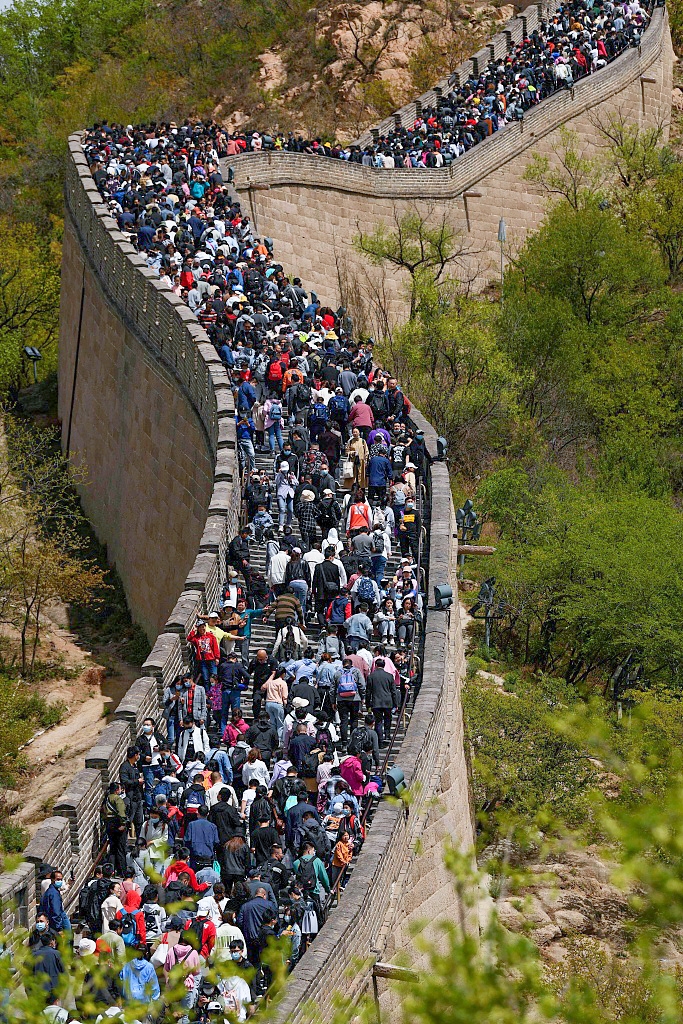
2. Chinese New Year (Spring Festival)
- When: Varies. It’s a lunar holiday.
- In 2025: The main holiday is January 28th – February 3rd.
- In 2026: The main holiday is February 16th – 22nd.
- What it’s like: This is different. This is the largest human migration on Earth. Everyone is traveling home to family.
- Our Expert Advice: Don’t try to travel between cities during this time. Train stations and airports are chaotic. However, being in one city, like Beijing, during the holiday can be magical. The cities empty out. You can experience temple fairs and fireworks. But many small shops and restaurants will close. It’s a trade-off.
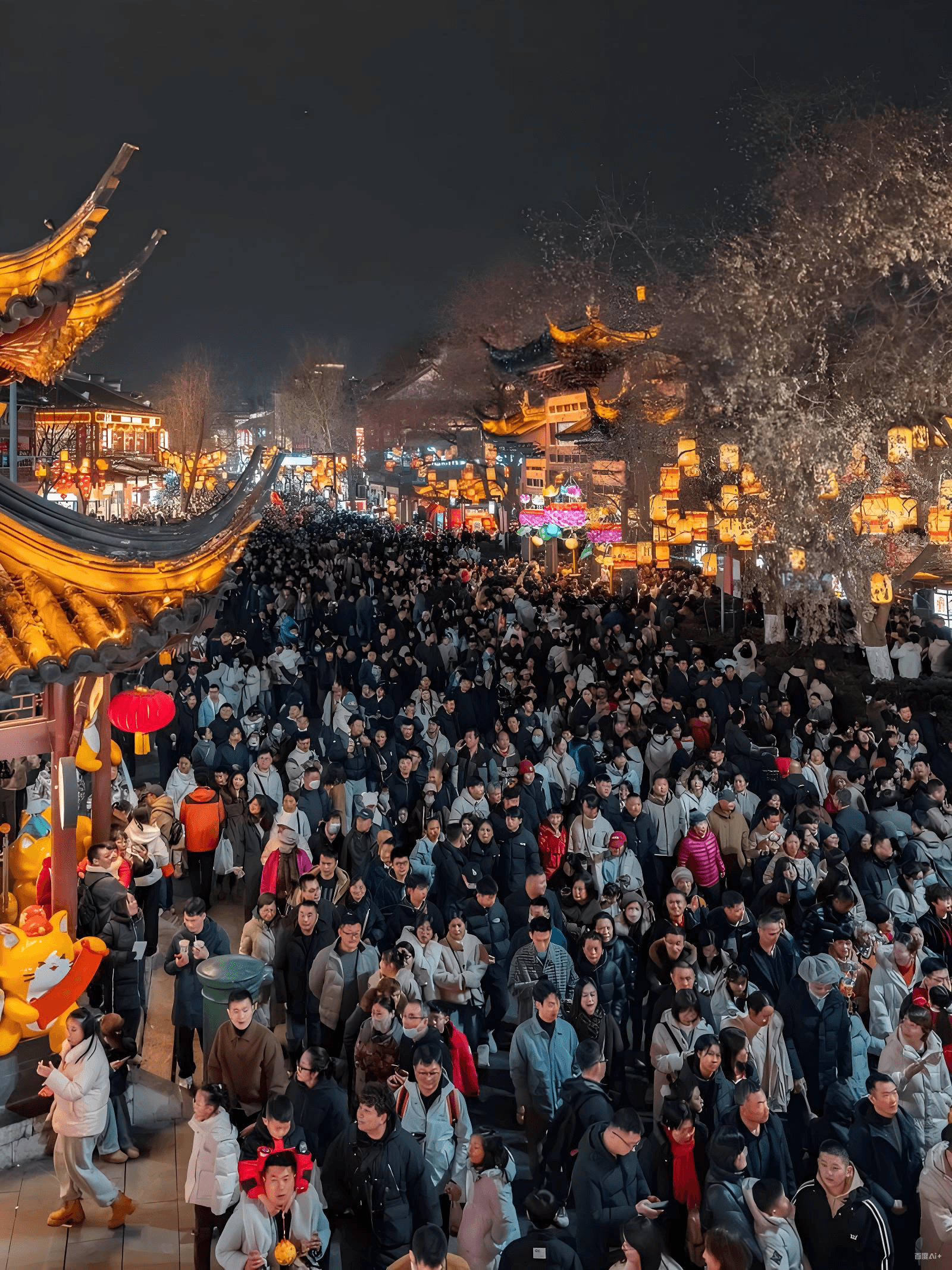
3. Labor Day (May 1st Holiday)
- When: A 5-day break around May 1st.
- In 2025: May 1st – 5th.
- What it’s like: This is a “mini” Golden Week. It’s intensely crowded. All popular sites will be packed for 5 days. It’s less disruptive than the October holiday, but we still strongly advise planning around it.
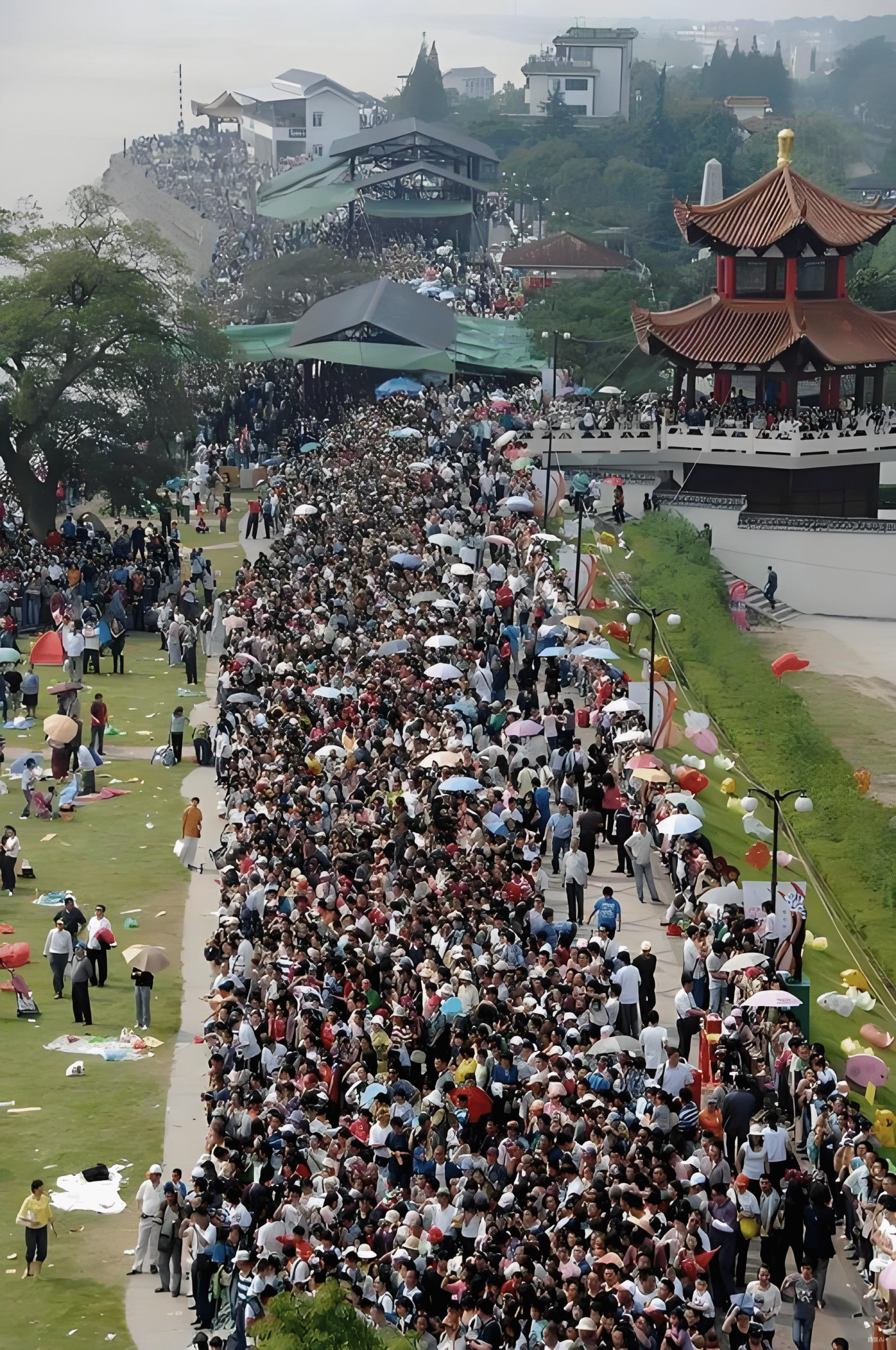
The Summer Break (July & August)
This is China’s long peak season. It’s not a holiday, but it’s a crucial travel period.
- Why is it peak? All schools and universities are on break. Families take their one big trip of the year.
- What it’s like: It is very crowded. Not “Golden Week” crowded, but consistently busy every single day. It is also the hottest and most humid time of year for most of the country (Beijing, Shanghai, Xi’an, Chengdu).
- Our Take: If you are a family and must travel in summer, it’s doable. But we must plan smartly. We book early-morning tickets. We use guides who know the quiet routes. We plan indoor activities for the hot afternoons.
READ ALSO: Chinese Holidays 2025: A Traveler’s Guide
The Official China Travel Season Division: A Simple Breakdown
Now that you understand the holiday rhythm, let’s look at the “official” seasons. Most tourism authorities divide the year like this.
Table: China’s National Travel Seasons (Simplified View)
Season | Typical Months | Weather (General) | Crowds | Prices | Our Quick Take |
|---|---|---|---|---|---|
Peak Season | April – October | Pleasant to Hot | High | High | The “standard” time to go. But you must plan around the holidays. |
Off-Season | November – March | Cold to Freezing | Low | Low | The budget-friendly, crowd-free option. Magical in its own way. |
But Wait… It’s Not That Simple. Here’s How We Break It Down.
That table is too simple. It misses the best parts. As travel experts, we divide the year into three distinct experiences.
1. Peak Season:
- Hyper-Peak (The Holidays): Oct 1-7, May 1-5, Spring Festival. (AVOID!)
- Summer Peak (July-Aug): Crowded, hot, but necessary for families. Also the best time for high-altitude areas like Tibet and the Silk Road.
READ ALSO: The Worst Time to Visit China: What Every Traveler Needs to Know
2. Shoulder Season: The “Secret” Best Time
- When: March, April (before May 1st), September (after summer, before Oct 1st), and October (after Oct 7th), early November.
- Why it’s perfect: This is the real sweet spot. This is when we love to travel in China.
- The weather is fantastic (Spring blooms, Autumn colors).
- Crowds are moderate and manageable.
- Prices are reasonable. Hotels haven’t spiked yet.
- The “vibe” is relaxed.
3. Off-Season: The Savvy Traveler’s Choice
- When: Late November – February (excluding the Chinese New Year period).
- Why it’s great: No crowds. We are not exaggerating. You can be one of a handful of people at the Terracotta Warriors.
- The Sights: Prices are rock-bottom. Hotels can be 50% off. You get unique, starkly beautiful sights, like the Great Wall covered in snow.
- The Downside: It’s cold. Daylight hours are shorter.
A Region-by-Region Guide to China’s Travel Seasons (Our Expert Core)
This is where our expertise becomes critical. China is not one climate. The “off-season” in Beijing is the hyper-peak in Harbin. You must plan your itinerary based on the region.
Beijing, Xi’an & The North (The “Classic Route”)
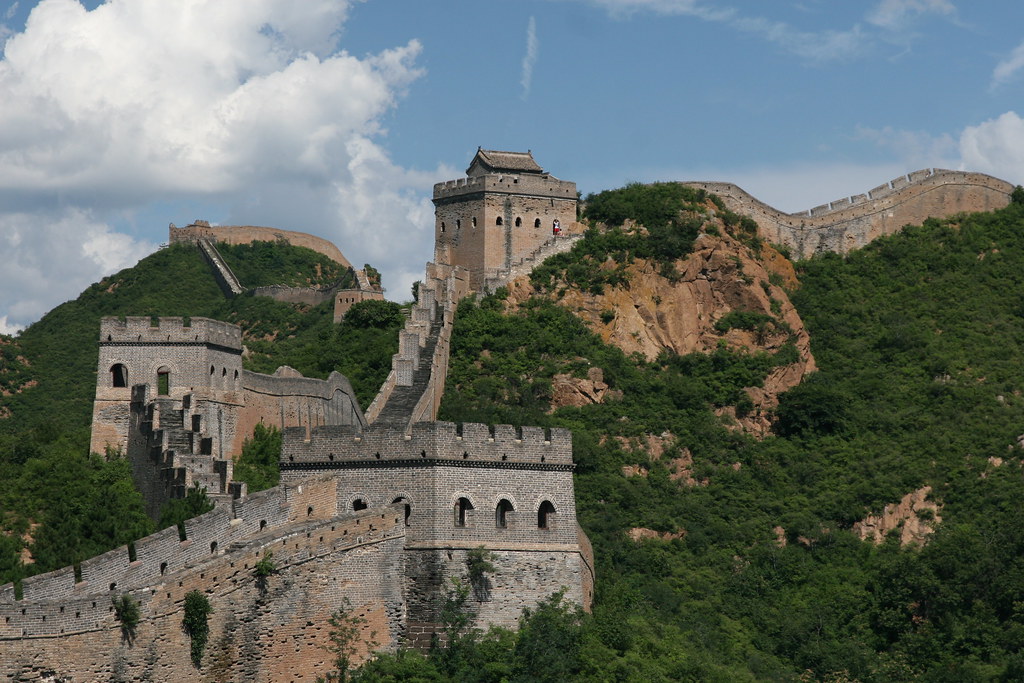
- Best Time (Shoulder): September and October (after the 7th). This is “Golden Autumn.” The skies are clear, humidity is gone, and temperatures are perfect. April and May are also excellent for spring blossoms.
- Peak (Summer): June-August. It gets hot. Beijing and Xi’an can be 35-40°C (95-104°F). It’s very crowded with domestic family travelers.
- Off-Season (Winter): December-February. It is cold. Beijing is freezing, dry, and windy. Xi’an is damp and cold.
- Our Unique View (Winter): Don’t dismiss winter. The Great Wall in snow is one of the most magnificent sights on Earth. And you will have it to yourself. Hotel prices are amazing. Just pack thermal underwear.
Shanghai, Suzhou & The East (Water Towns & Modernity)

- Best Time (Shoulder): October (after the 7th) and November. Autumn is dry, sunny, and pleasant. Spring (April, May) is also beautiful.
- Peak (Summer): June-August. This is the worst time for this region. Mid-June to early July is the “Plum Rain” season. It’s damp, grey, and rains constantly. July and August are stiflingly hot and humid.
- Off-Season (Winter): December-February. It’s chilly (around 0-8°C or 32-46°F), damp, and grey. It’s not as harsh as Beijing, but the humidity makes it feel cold. It’s very quiet.
Guilin, Yangshuo & The South (Karst Landscapes)

This region has a different pattern.
- Best Time (Peak/Shoulder): September and October. The weather is “golden.” It’s warm, sunny, and the rivers are calm. This is the ideal time for Li River cruises and cycling.
- The “Other” Peak (Spring): April-June. This is the rainy season. This sounds bad, but it’s not. The rain creates the famous mist and fog that hangs in the karst mountains. This is the “misty” Guilin you see in classic paintings. The Li River is full and green.
- Summer: July-August. Very hot. Very humid. Prone to heavy downpours.
- Off-Season (Winter): November-February. It’s mild (10-15°C / 50-60°F) but can be grey. The landscape is less green. Some boat tours may run on reduced schedules. We find it very peaceful, but it lacks the “wow” factor of spring or autumn.
Sichuan (Chengdu, Jiuzhaigou) & The West

- Chengdu (Pandas): Chengdu is in a basin. It’s “meh” year-round. It’s smoggy in winter, and very hot and humid in summer. The best times are March-May and Sept-Nov. But you can see pandas any day.
- Jiuzhaigou & Huanglong: These parks are strictly seasonal.
- Peak (Autumn): Late September to mid-October. This is one of the most beautiful sights in China. The autumn colors are electric. It is also insanely crowded and expensive.
- Shoulder (Summer): June-August. The water is a stunning blue. The trees are lush. It’s beautiful and a great escape from the city heat.
- Off-Season (Winter): This is a crucial expert tip. Jiuzhaigou Park is open in winter (with lower prices/crowds). It is a frozen wonderland. However, the nearby Huanglong Park closes completely from December to March due to snow.
Yunnan (Kunming, Lijiang, Shangri-La) (The “Spring” Province)

Yunnan is complex due to its extreme altitude changes.
- Kunming: Called the “Spring City.” It’s mild and pleasant all year.
- Lijiang & Dali: Also very temperate. The “peak” season is tied to holidays (May, Oct) and summer break (July-Aug). The rainy season is June-August, but it’s usually just afternoon showers.
- Shangri-La (High Altitude): This is the key. Shangri-La is over 3,300m (11,000ft).
- Best Time: May-June (rhododendron blooms) and Sept-Oct (clear autumn skies).
- Off-Season: November-March. It is very cold. Snow can block roads. Many guesthouses close. We advise against visiting Shangri-La in deep winter unless you are prepared.
The Silk Road (Dunhuang, Turpan) & Northwest

This region is simple. It’s a desert.
- Peak Season: May – September. This is a summer destination. The weather is hot and dry, which is ideal for desert climates. This is the only real window to visit.
- Shoulder: April and October. These months can be perfect. But you risk sandstorms (spring) or sudden cold snaps (autumn).
- Off-Season: November – March. We strongly advise against it. It is brutally cold and windy. Many hotels, restaurants, and tourist services close down completely.
Tibet (Lhasa & Beyond)

Tibet is a unique case, governed by both weather and politics.
- CRITICAL Expert Fact: Tibet is typically CLOSED to all foreign travelers from late February through March. This happens every year for sensitive political anniversaries. Your Tibet Travel Permit will not be approved.
- Peak Season (Summer): June-August. This is the warmest time. It’s also the “rainy season,” but this is high-altitude rain (usually overnight or afternoon showers). It’s the greenest time.
- Best Time (Shoulder): April-May and September-October. These months are clear, crisp, and dry. This is the best time for clear views of Mount Everest.
- Off-Season (Winter): November-February (when it’s open). Lhasa is fine. It’s cold but very sunny. Many pilgrims are in the city. It’s a very authentic time. However, remote areas (like Mount Kailash or Namtso Lake) are inaccessible due to snow.
Harbin & The Northeast (The “Winter” Destination)
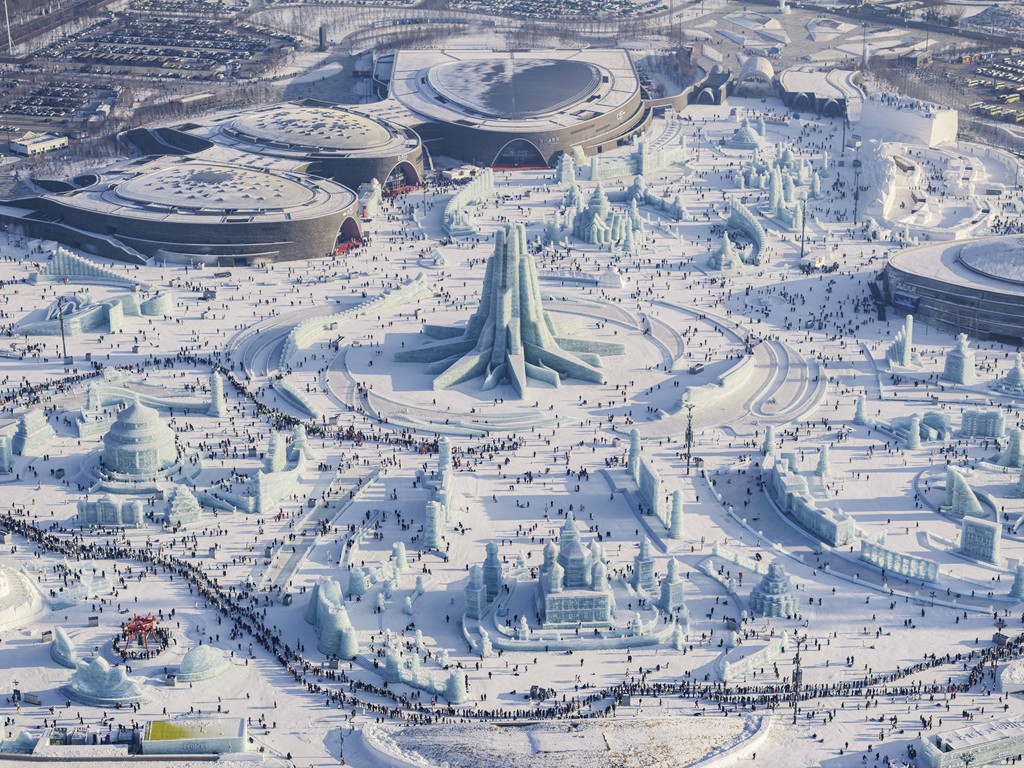
This is the big exception. The entire region is the opposite of the rest of China.
- Peak Season: Late December – February.
- Why: The Harbin Ice & Snow Festival. This is the only reason to go. The city transforms into a massive ice sculpture park.
- Off-Season: The rest of the year. There is very little tourist infrastructure or reason to visit.
What to Really Expect: A Deep Dive into Each Season
Let’s go beyond dates. What does it feel like to be here?
Traveling in Peak Season: The Pros, Cons & Our Survival Guide
This includes the summer break (July/Aug) and the weeks around the mini-holidays.
The Pros:
- The weather is (usually) the best.
- All attractions, restaurants, and shows are open and running full schedules.
- The atmosphere is lively and energetic.
- It’s the only time for certain regions (Silk Road, Tibet).
The Cons:
- Crowds. Long queues are standard.
- Prices are at their highest.
- Sold out. Top guides, boutique hotels, and train tickets are gone months in advance.
- It can be stressful. You have to “compete” for space.
- It’s hot. Summer in eastern China is a real challenge.
Our Expert Survival Guide (Based on Client Feedback):
- Book 6-9 Months Out: We are serious. For top hotels and guides in peak season, you must book this far in advance.
- Go Early, Go Late: We get our clients to the Terracotta Warriors right when they open. We are in and out before the big tour buses arrive at 10 AM. We visit the Bund in Shanghai after 10 PM.
- Hire a Private Guide: This is not just a sales pitch. Our guides know the quiet routes. They can buy tickets in advance. They can navigate the complex entry systems. This is the #1 way to reduce stress.
- Embrace Niche Sites: Instead of the main Badaling Great Wall, we take our clients to Mutianyu. Or even better, to the wild, unrestored Jinshanling section.
- Pack Patience: You will wait in line. Accept it. Bring a water bottle and enjoy the people-watching.
Traveling in Shoulder Season: Why We Recommend This Most
This is our “sweet spot”: March, April, September, and post-holiday October/November.
The Pros:
- The “Goldilocks” season. Everything is just right.
- Beautiful scenery. Spring has cherry blossoms and green willows. Autumn has crisp air and stunning fall foliage.
- Moderate crowds. You can breathe.
- Reasonable prices. You get good value.
- The best weather of the year. Not too hot, not too cold.
The Cons:
- Honestly, there are very few.
- Weather can be slightly unpredictable. A late cold snap in March or an early one in November.
- You are not the only one who knows this. It’s still popular.
Our Expert Advice:
- This is the best time for photography. The light is softer.
- This is the best time for active travel. Hiking the Great Wall, cycling in Yangshuo, or exploring city lanes is a joy.
- You still need to book 3-4 months in advance. The “secret” is out, and the best hotels and guides still get booked up.
- It’s perfect for a “grand tour” (Beijing-Xi’an-Shanghai) as the weather is great in all three.
Traveling in Off-Season: The Secret for Savvy Travelers
This is late November to February (but not during Chinese New Year).
The Pros:
- No Crowds. This is the biggest draw. We’ve had clients be the only people at the Hanging Monastery. It’s a surreal, VIP experience.
- Rock-Bottom Prices. We can get you 5-star hotels for 3-star prices. Flights are cheap. You can save 40-50% on your total trip cost.
- Unique, Stark Beauty. The Great Wall in snow. Frozen lakes in Beijing. Mist-shrouded temples. It’s a totally different aesthetic.
- Authenticity. This is when cities feel “real.” You see local life, not tourist buses.
The Cons:
- It is cold. In the north, it’s very cold.
- Days are shorter. Attractions close earlier (e.g., 4:30 PM instead of 5:30 PM).
- Some rural restaurants or small shops (especially in places like Yangshuo or Lijiang) may close for the winter.
- The landscape can be brown and bare.
Our Expert Advice:
- This is the perfect time for a city-centric or museum-focused trip. (Beijing, Shanghai, Xi’an).
- Pack smart. This is key. Thermals, wool socks, a windproof outer layer, and good boots. With the right gear, the cold is no problem.
- Be flexible. A rare snowstorm might change your plans. See it as an adventure.
- Combine it with Harbin. Embrace the cold! Do a “fire and ice” trip: the snowy north and then fly south to tropical Sanya (Hainan Island).
Price Fluctuations: How Much Do China Travel Seasons Really Cost?
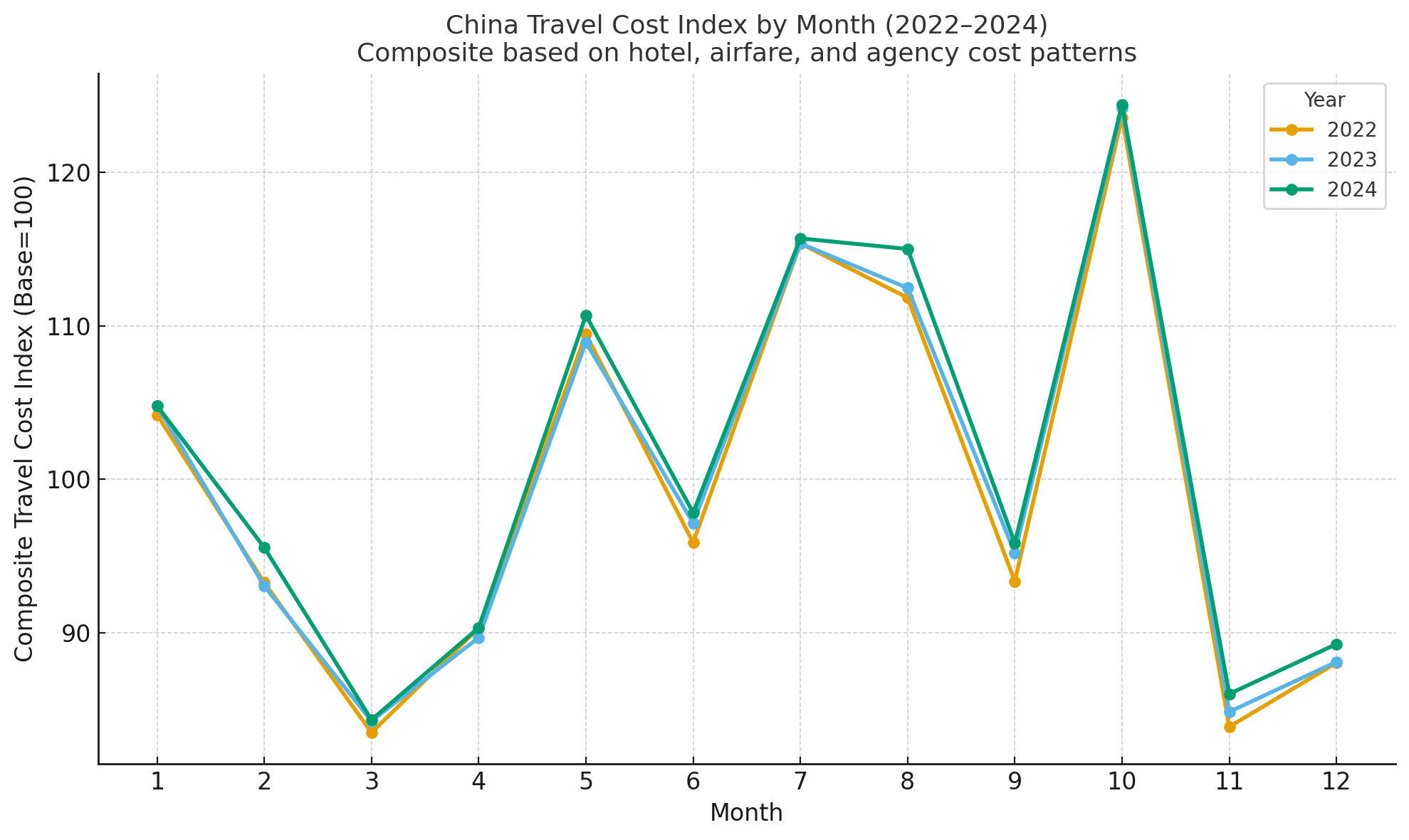
Let’s quantify the seasonal division. We’ve analyzed our booking data to create a simple price index. This shows you the relative cost of your trip.
Table: Estimated Price Index by Travel Season (100 = Shoulder Season Baseline)
Item | Off-Season (Nov-Feb) | Shoulder Season (Mar-Apr, Sep-Oct) | Peak Season (Jul-Aug) | Hyper-Peak (Oct 1-7, May 1-5) |
|---|---|---|---|---|
International Flights | 70 – 90 | 100 | 130 – 160 | 150 – 200+ |
Domestic Flights/Trains | 80 | 100 | 120 | 200 – 300+ (if available) |
4-Star Hotels | 60 | 100 | 140 | 250+ |
5-Star Hotels | 70 | 100 | 150 | 300+ |
Private Tours (Our Costs) | 90 | 100 | 110 | 150 (Guide costs spike) |
Our Analysis:
The conclusion is obvious. The biggest jumps are in accommodation and domestic transport. During Golden Week, a hotel that is $150 in September can become $450. A train ticket that is $80 becomes $200 and impossible to buy.
The savings in the off-season are massive. A trip that costs $5,000 per person in October could cost as little as $3,000 in November, with the only trade-off being the weather. For budget-conscious travelers, this is a game-changer.
Conclusion: So, When is the Best Time to Travel to China?
After all this, what’s the final answer?
The truth is, there is no single “best” time. The best time depends entirely on you. Your budget, your tolerance for crowds, your interests, and your schedule.
But based on our decades of experience, here is our final recommendation:
- For First-Timers with flexible dates: The Shoulder Season. Specifically, September, October (after the 7th), or April. You get the best balance of good weather, manageable crowds, and fair prices.
- For Budget Travelers who hate crowds: The Off-Season (Late Nov – Feb, avoiding CNY). Pack warm. Enjoy having China’s wonders all to yourself.
- For Families tied to school dates: The Summer Peak (July-August). You have to go when you can. Just be prepared. Plan with an expert (like us!) who can manage the logistics, heat, and crowds for you.
- The One Time We Beg You Not to Come: The October 1-7 National Day Golden Week. It is not a good vacation. We say this with 100% confidence.
Planning a trip to China can be complex. The seasons are just the beginning. But that’s why we’re here. We handle the complexity. You just handle the packing.
Ready to plan your perfect trip? Let’s talk. Contact us at Travel China With Me, and we’ll design a custom itinerary that fits your goals, your budget, and the perfect season for you.
FAQ: Your Questions on China’s Travel Seasons Answered
Q1: What is the main China travel season division?
The simplest division is:
– Peak Season: April to October
– Off-Season: November to MarchHowever, this is too simple. It’s better to think in terms of holidays (like the Oct 1-7 Golden Week), school breaks (July-Aug), and shoulder seasons (Apr, Sep, Oct) for the best travel times.
Q2: What is China’s “Golden Week” and why should I avoid it?
China’s main “Golden Week” is the National Day holiday (Oct 1-7). During this week, everyone in China travels. Major sites become dangerously crowded, prices for hotels and flights triple, and transport is sold out. It is the worst possible time for a foreign tourist to visit. The 5-day Labor Day (May 1st) holiday is a “mini” version and should also be planned around.
Q3: Is winter (off-season) a bad time to visit China?
Not at all! It’s our “secret” recommendation for the right traveler. If you hate crowds, love saving money, and don’t mind cold, it’s fantastic. You can see the Great Wall in snow and have museums to yourself. You just need to pack the right clothes (thermals, layers, windproof jacket). The only exception is Harbin, where winter is the peak season for its Ice Festival.
Q4: When is the cheapest time to travel to China?
The off-season: from late November to late February (but not during the Chinese New Year period). Hotels can be up to 50% cheaper than in the shoulder season, and international flights are at their lowest.
Q5: How do school holidays affect crowds in China?
Massively. The summer school holiday (all of July and August) is the “long peak season.” It’s not as intense as Golden Week, but it’s consistently crowded every day, especially at family-friendly sites (like zoos, science museums) and major landmarks.
Q6: Does “peak season” mean bad weather?
No, it’s the opposite! The main peak season (April-May, Sept-Oct) is “peak” because the weather is the best. This pleasant weather is what attracts the crowds. The exception is the summer peak (July-Aug), which is very hot and humid but is peak due to school holidays.
Q7: Can I travel to China during Chinese New Year (CNY)?
Yes, but with planning. We advise against traveling between cities during the 1-2 weeks around the holiday (e.g., Jan 28-Feb 3, 2025; Feb 16-22, 2026), as transport is chaotic. However, being in a big city like Beijing or Shanghai during the holiday can be fun. The cities are quiet, and you can see temple fairs. Be aware: many small restaurants and shops will be closed for several days.


